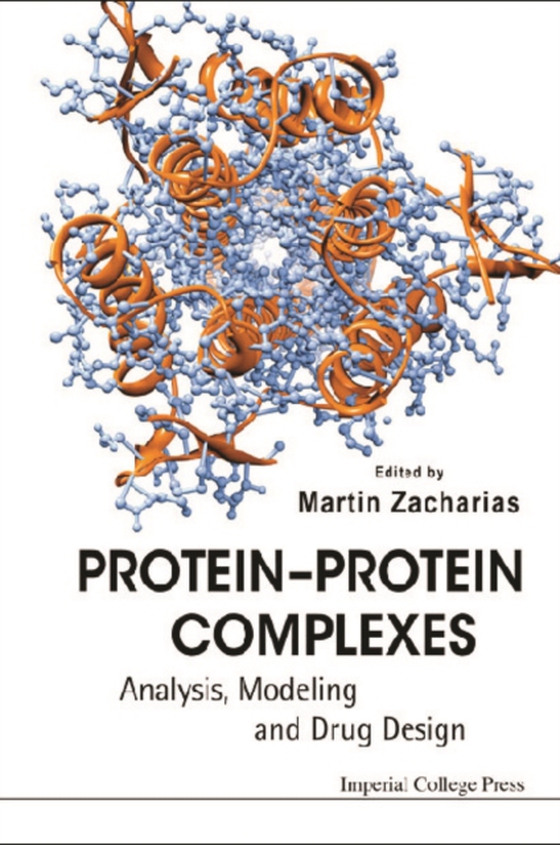
Protein-protein Complexes: Analysis, Modeling And Drug Design e-bog
509,93 DKK
(inkl. moms 637,41 DKK)
Given the immense progress achieved in elucidating protein-protein complex structures and in the field of protein interaction modeling, there is great demand for a book that gives interested researchers/students a comprehensive overview of the field. This book does just that. It focuses on what can be learned about protein-protein interactions from the analysis of protein-protein complex struct...
E-bog
509,93 DKK
Forlag
Imperial College Press
Udgivet
4 maj 2010
Længde
400 sider
Genrer
PSBC
Sprog
English
Format
pdf
Beskyttelse
LCP
ISBN
9781908978547
Given the immense progress achieved in elucidating protein-protein complex structures and in the field of protein interaction modeling, there is great demand for a book that gives interested researchers/students a comprehensive overview of the field. This book does just that. It focuses on what can be learned about protein-protein interactions from the analysis of protein-protein complex structures and interfaces. What are the driving forces for protein-protein association? How can we extract the mechanism of specific recognition from studying protein-protein interfaces? How can this knowledge be used to predict and design protein-protein interactions (interaction regions and complex structures)? What methods are currently employed to design protein-protein interactions, and how can we influence protein-protein interactions by mutagenesis and small-molecule drugs or peptide mimetics?The book consists of about 15 review chapters, written by experts, on the characterization of protein-protein interfaces, structure determination of protein complexes (by NMR and X-ray), theory of protein-protein binding, dynamics of protein interfaces, bioinformatics methods to predict interaction regions, and prediction of protein-protein complex structures (docking and homology modeling of complexes, etc.) and design of protein-protein interactions. It serves as a bridge between studying/analyzing protein-protein complex structures (interfaces), predicting interactions, and influencing/designing interactions.
 Dansk
Dansk

